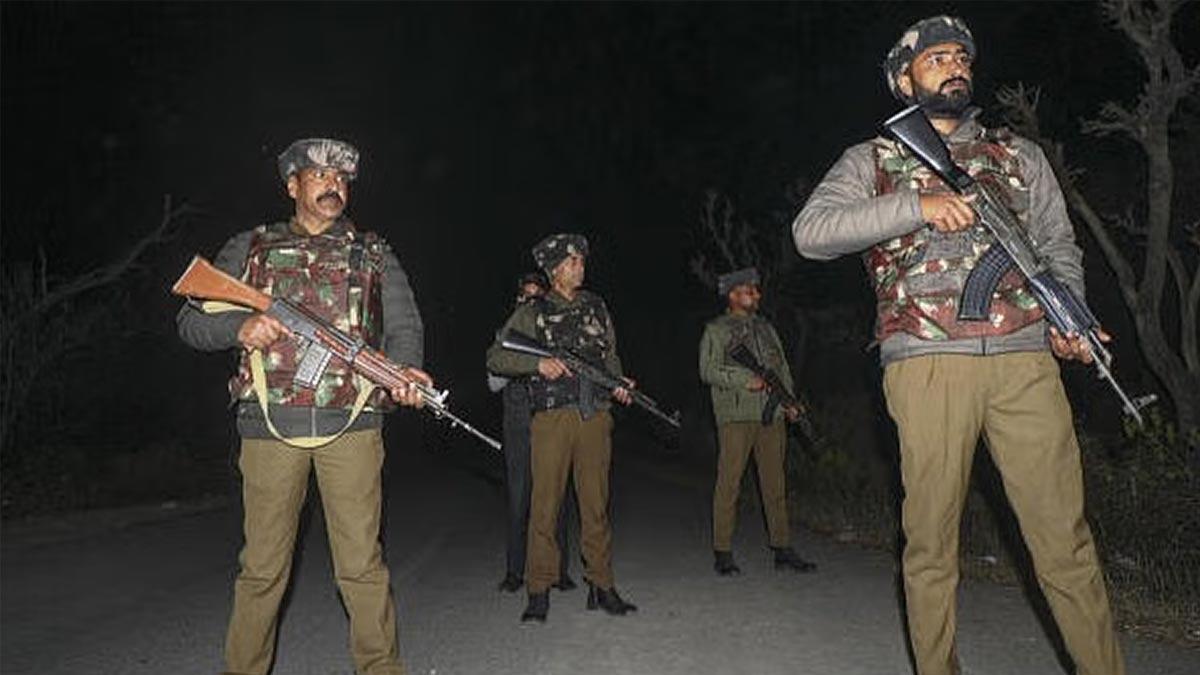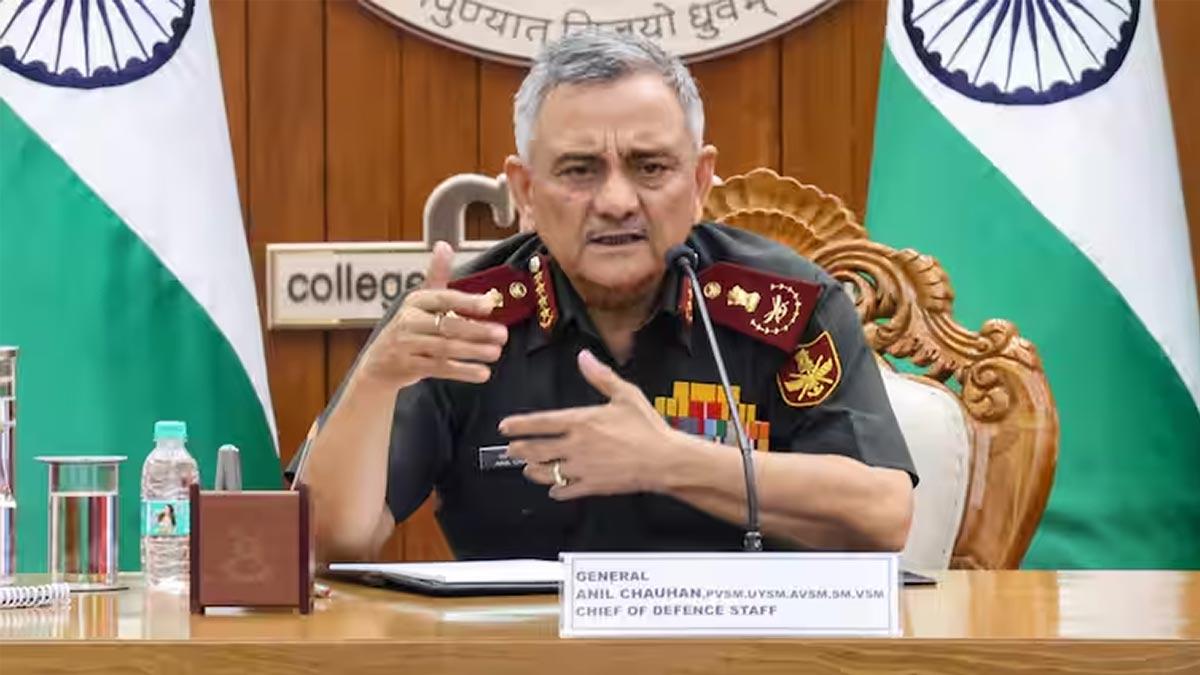A classified Pakistani military report on its own internal operation 'Bunyan un Marsoos' has shown that India's Operation Sindoor reached much deeper and broader into Pakistani land than was earlier acknowledged.
NDTV has seen the report, which lists a minimum of eight other Indian airstrikes that Indian defense officials had kept under wraps.
The dossier's maps point to Indian attacks on major cities such as Peshawar, Jhang, Hyderabad in Sindh, Gujrat in Punjab, Gujranwala, Bahawalnagar, Attock, and Chor — places which the Indian Air Force or the Director General of Military Operations have not once even mentioned during official briefings after the May 7 counteroffensive.
These newly revealed facts throw more light on the extent and magnitude of Operation Sindoor and are regarded as one of the primary reasons for Pakistan's desperate request for a ceasefire.
India initiated Operation Sindoor against nine high-profile terror camps in Pakistan and Pakistan-occupied Kashmir (PoK) as a retaliation for the gruesome Pahalgam terror attack in which terrorists belonging to a Pakistan-based faction of Lashkar-e-Taiba killed 26 civilians, including a Nepali citizen.
Despite Pakistan's previous allegations of causing deep damage to Indian military forces, the dossier uncovers the huge scale of the destruction endured on Pakistani grounds.
Indian defense authorities previously spoke about the massive scope of the raids, mentioning attacks against key terror camps in Pakistan and PoK as a response to the Pahalgam attack.
Though the first Indian briefings identified prominent targets like the Jaish-e-Mohammed compound in Bahawalpur and Lashkar-e-Taiba's camp in Muridke, the surprise announcement of more widespread strikes indicates a calculated tactic by New Delhi to let Pakistan reveal the full extent.
The new targets that were revealed are both military and dual-use facilities in urban areas far beyond what was previously acknowledged, suggesting a more expansive and deliberate military campaign than has been publicly recognized.
Satellite imagery from Maxar Technologies had already reported widespread damage to multiple locations, backing India's assertion of precision strikes against terrorist infrastructure.
The nine initially confirmed targets of the strikes were Muzaffarabad, Kotli, Rawalakot, Chakswari, Bhimber, Neelum Valley, Jhelum, Chakwal, and the mentioned terror camps.
Though India made a clear point that its actions only focused on terror infrastructure, Pakistan responded with a series of drone and missile strikes on Indian civilian targets, religious establishments, and military facilities along the western border.
In response, India struck 11 Pakistani air bases — Nur Khan, Rafiqui, Murid, Sukkur, Sialkot, Pasrur, Chunian, Sargodha, Skardu, Bholari, and Jacobabad — inflicting significant damage to Pakistan’s military capabilities.
This intense three-day confrontation eventually compelled Pakistan to seek a ceasefire, widely seen as an acknowledgment of the heavy losses it sustained.
New Delhi has reasserted that Operation Sindoor has changed India's counter-terror strategy, making any large terror strike an act of war.
The Pakistani dossier, in inadvertently confirming India's version, highlights a change in India's military approach and stance in the future.
Read also| Inside Ukraine’s Operation Spider Web: A Strategic Strike Against Russia
Read also| Trump Amplifies Fringe Theory Suggesting Biden Was Executed and Replaced by Clones


















